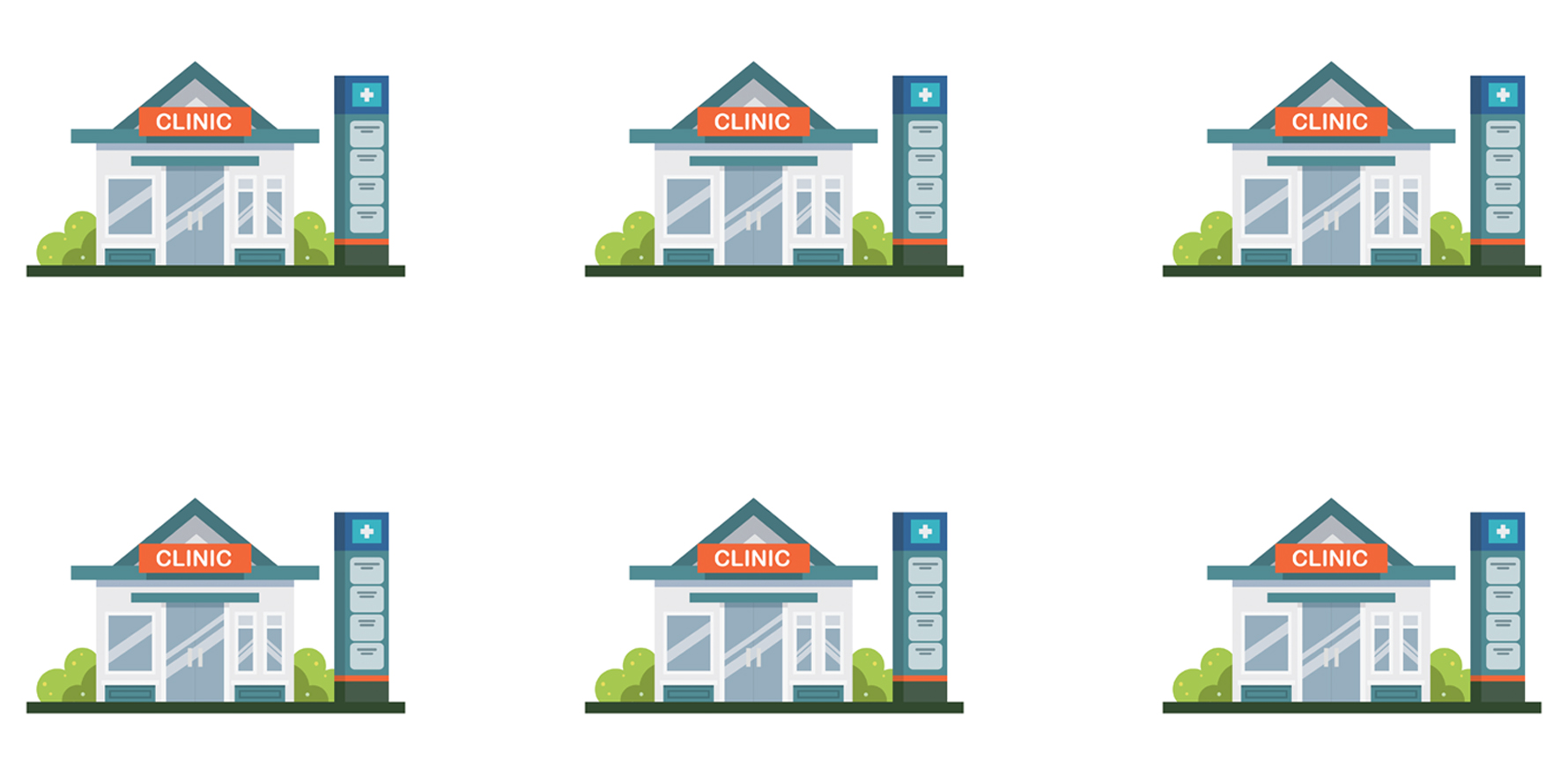The ACT lacks primary care options, but little is known about the forthcoming free walk-in clinics.
Canberrans can expect five new free walk-in health centres to open over the coming years – and GP groups are unsure whether to welcome or warn against them.
With the longest hospital outpatient and emergency department waiting times in the country, there is a clear pressure on ACT leaders to reinvest in primary care solutions.
Since coming to power in 2016, the territory’s Labor government has opened five nurse-led walk-in clinics, which have drawn criticism from both the RACGP and the AMA due to the possibility of fragmented care, as well as high running costs.
Dr Antonio Di Dio, president of the ACT chapter of the AMA, told The Medical Republic that each visit to the nurse-led clinics cost taxpayers between $150 and $170.
“We’ve been fighting the government on this for years, simply because we feel that it’s quite right to try to support primary care, but quite wrong to do it in this way – a far cheaper way is to invest in local general practice,” Dr Di Dio said.
But as so few details have been released about the new health centres so far, besides that they will be entirely free for the patient, Dr Di Dio said the AMA was holding back any critiques for the time being.
“The only thing the government has promised is that the new clinics won’t be primary care hubs, so we can’t criticise them on that point,” he said.
“They have said they’re going to be central areas of integrated care, whereby they may be integrated with radiology services, with specialist services and with post-operative maternity services.
“And we think that sounds okay.”
A spokesperson for ACT Health confirmed with TMR that the new centres are intended to deliver a mix of immediate and appointment-based services, with a focus on prevention, early intervention and coordinated care for people with chronic illness.
According to the spokesperson, the centre in Coombs – which is the only clinic with a set opening date – will operate as a pilot site, and be co-located with the National Health Co-Op.
From July, this health centre will trial co-locating publicly funded appointment-based child and maternal health, antenatal health and lactation support with a general practice providing urgent care.
Interestingly, the spokesperson specifically mentioned that the new model of care for the walk-in clinics aimed to address fragmentation in patient services, which is one of the RACGP’s key criticisms of the project.
In a press release last week, RACGP President Dr Karen Price criticised the move to open more clinics, citing the effect that the existing walk-in centres had on continuity of care.
“Walk-in centres increase the likelihood of patients doubling up, by presenting to a walk-in centre and subsequently a general practice with the same health concern,” she said.
“It is also clear that these centres do not reduce emergency department attendances and their convenience creates artificial demand from people who would otherwise manage their health concern themselves.
“Further, because many patients do not completely understand what their function is you do see greater fragmentation of care.”
Dr Price also mentioned that she was keen to learn further details about the clinics and whether they will be integrated with the usual care that GPs provide.
The ACT Health spokesperson told TMR that due to the territory’s very low GP-to-population ratio, it can be difficult for doctors to carry out long consultations or coordination of care for more complex patients.
“Our aim is to work with GPs to ensure that the range of health services in our community can work together to provide affordable, coordinated care for those in our community who need it most,” the spokesperson said.
“Contrary to much of the public commentary, many GPs in the ACT have welcomed the establishment of nurse-led walk-in centres as an option for their patients who need immediate care for minor injuries and illness.”
Dr Chris Irwin, founder of the Australian Society of General Practice, said he hoped to see GPs included in the model, no matter what the focus was on.
“Any service involved in primary care – whether that is triaging urgent care presentations, whether it’s immunisations, whether it’s child health or maternal health – with proper funding could be under the very remit of primary care specialists, which are what general practitioners are,” he told TMR.
Like Dr Price, Dr Irwin fears that new clinics could disrupt continuity of care by splitting patients across multiple clinics.
“General practice delivers care in the most cost effective manner, and promotes longitudinal and preventative care at the same time – which is something that all these other fragmented services can’t do,” he said.
The ACT government has announced the five new Canberra walk-in clinics will be located in Coombs, South Tuggeranong, West Belconnen, the inner south and Gungahlin, but only the Coombs clinic has an opening date attached.



